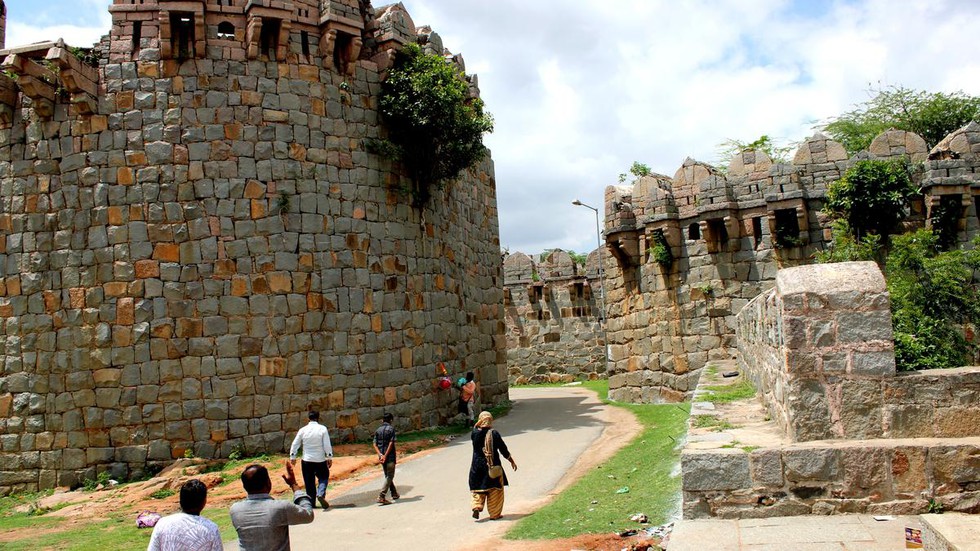
About Mudgal Fort:
India and the US recently held discus...
The National Investigation Agency (NI...
The RBI recently revised its priority...
The Union Cabinet recently approved t...
A new plant species discovered in Aru...
Recently, Srinagar has earned the Wor...
Recently, Jammu and Kashmir Director ...
According to experts, the population ...
India is hosting a global event in su...
Recently, a cloudburst triggered seve...